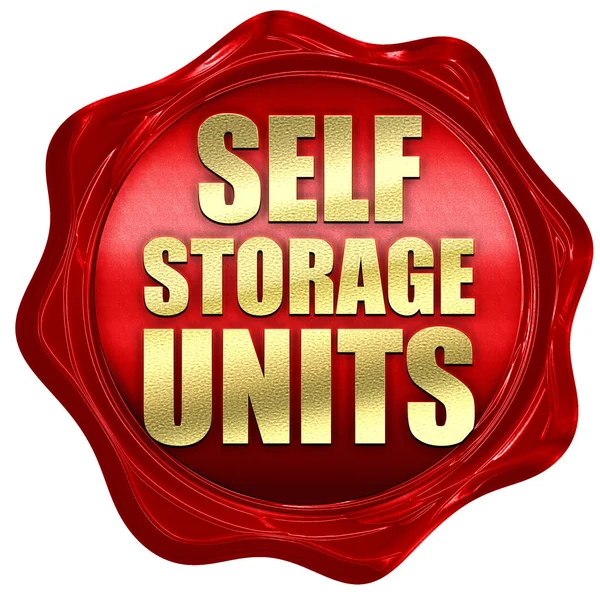
Here are some of the best practices in terms of using your self-storage unit:
- Choose the Right Storage Unit Size: Select a storage unit size that comfortably accommodates your belongings without overcrowding. A slightly larger unit might be worth the investment to ensure your items have enough space.
- Pack Efficiently and Strategically:
- Use sturdy, uniform-sized boxes for easy stacking and organization.
- Fill boxes to their capacity, but avoid over-packing to prevent damage.
- Place heavier items at the bottom and lighter items on top of boxes.
- Disassemble large furniture to save space and prevent damage.
- Label Clearly: Label each box with its contents for easy identification. This will help you find items without having to open every box.
- Create an Inventory: Keep a detailed inventory of what you’ve stored in the unit. This will help you keep track of your belongings and provide a reference in case of loss or damage.
- Use Protective Materials:
- Use bubble wrap, packing paper, and furniture covers to protect delicate items.
- Cover mattresses and upholstered furniture with protective covers to prevent dust and moisture buildup.
- Opt for Climate Control: If you’re storing items that are sensitive to temperature or humidity changes (such as wooden furniture, electronics, or antiques), consider renting a climate-controlled storage unit.
- Maximize Vertical Space: Utilize the full height of the storage unit by stacking boxes and items vertically. Place frequently accessed items towards the front.
- Leave Aisles: Create clear pathways within the storage unit to access items without having to move everything around.
- Use Shelving and Pallets: If allowed, use shelves, racks, or wooden pallets to keep items off the ground and reduce the risk of moisture damage.
- Regularly Maintain: Check on your stored items periodically to ensure they’re in good condition. Address any signs of pests, moisture, or damage promptly.
- Secure Valuables: If you’re storing valuable items, consider using a locked storage cabinet or container within the unit for added security.
- Insurance: Consider getting insurance coverage for your stored items. Some storage facilities offer insurance options, or you can check if your homeowners or renters insurance covers items in storage.
- Pack a “Last-In, First-Out” Box: Keep an easily accessible box with items you might need before everything else. This way, you won’t have to rummage through your storage to find essentials.
- Respect Rules and Regulations: Follow the rules and guidelines set by the storage facility. This includes rules about access hours, prohibited items, and other facility-specific regulations.
- Properly Close the Unit: When you’re done accessing your storage unit, make sure it’s properly locked and secured to prevent unauthorized access.
HAVE A HAPPY STORAGE TIME!

Recent Comments